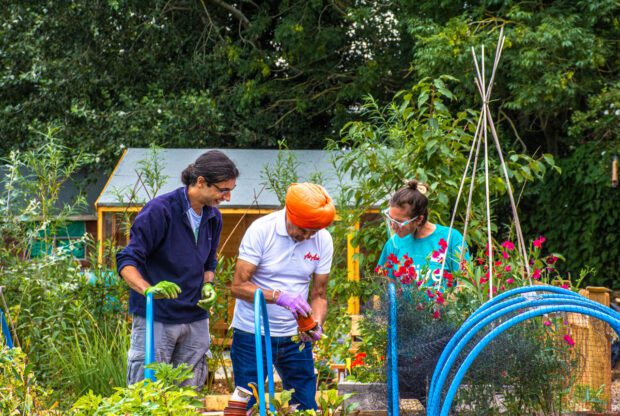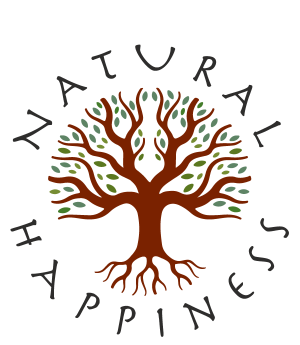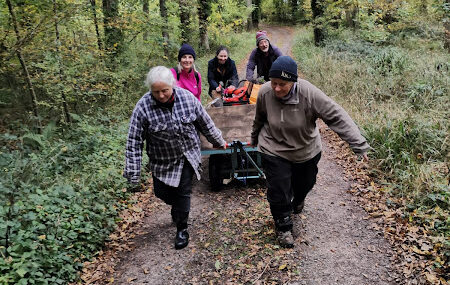Green prescribing and Natural Happiness
Growing wellbeing from the roots
I see green prescribing as one of the more hopeful innovations by the NHS in recent years. This blog explains briefly what it is, and shows how my Natural Happiness methods can contribute to it.
NHS England’s website has a whole section about green social prescribing, see here. It includes details of their pilot projects and the positive results, plus a link to the Green Prescribing Toolkit, and a lot of other useful links.
They define green social prescribing as “the practice of supporting people to engage in nature-based interventions and activities to improve their mental and physical health”. Their seven ‘test and learn’ pilots in 2021-23 involved 8500 people, and a remarkable 85% uptake of green prescriptions by patients. The evaluation showed “positive improvements in mental health and wellbeing and strong engagement in communities”…

Green prescribing group in action (image courtesy of NHS England)
I’ve been aware of green prescribing for several years, partly through working with GPs on Nature Resilience Immersion groups, and as a trustee of Hazel Hill Wood, where our conservation volunteer groups are a great option for green prescribing. I have found mixed views among GPs.
Practices who were set up for it were enthusiastic: a key element was a ‘link worker’ who was part of the practice team. Their role is literally pivotal: GPs could refer patients to them, the link worker would interview patients and give them an informed green prescription. The link worker’s other key role is to liaise with local host organisations to ensure a good fit between their needs/capacity and the patients’.
Done well, green prescribing benefits everyone involved. GPs told me about ‘nuisance’ patients who constantly badgered them for pills and were now healthier and happier. The organisations hosting prescribees may have a new source of volunteers, although volunteers are rarely a free resource: it takes plenty of staff time to welcome, deploy and support them.
The top three activities the NHS lists for green prescriptions are:
- Local walking schemes.
- Community garden projects.
- Conservation volunteering.
I’ve had positive experience of sharing Natural Happiness methods in all three of these situations, so let’s explore how it could help.

Conservation volunteers at Hazel Hill Wood
Deeper Nature connection: green prescribees are often stressed and preoccupied with their condition. I invite them to slow down and connect more fully with Nature: for example, by mindful walking, using all five senses, sitting with a tree, or maybe using my Tree Talk process.
- Natural energy sources: to explore this, I’d briefly describe how large-scale farms depend on artificial fertiliser to push growth, and on chemicals to suppress problems, and invite people to see the parallels for people. Then I’d invite them, during the activities of the session, to harness natural, clean energy sources such as appreciation and inspiration.
- Composting: in organic cultivation, waste is transformed into energy for growth, and people can do the same with negative feelings or anxious thoughts. I always explain that bigger issues may need professional help, but then demonstrate a short breathing exercise to compost minor issues.
With green prescription groups, I’d expect attention spans for this material to be limited, so I’d keep interventions brief, and intersperse them with physical activities. There are full write-ups of these and other possible processes in my book, Natural Happiness: Use Organic Gardening Skills to Cultivate Yourself, and at www.naturalhappiness.net.

